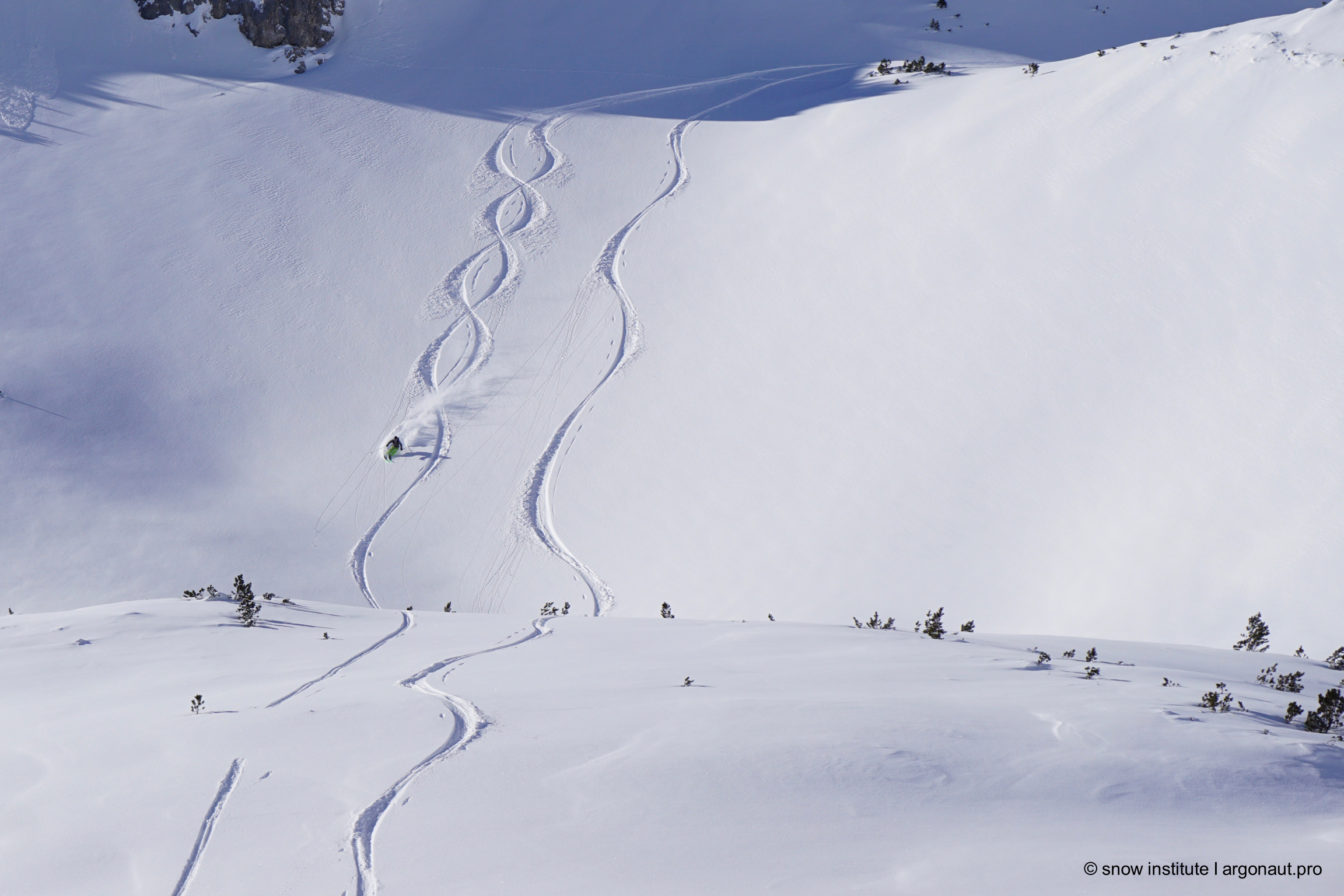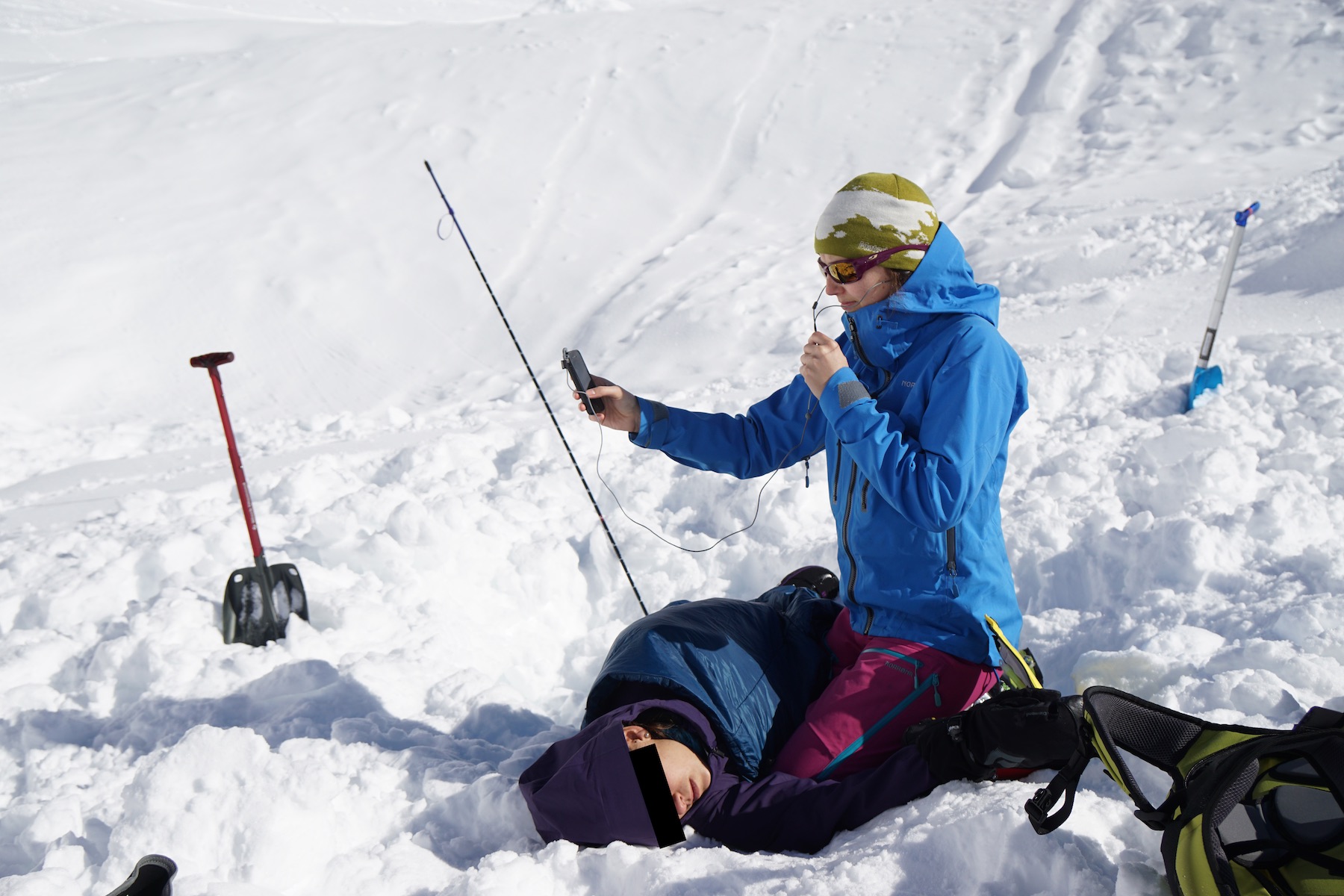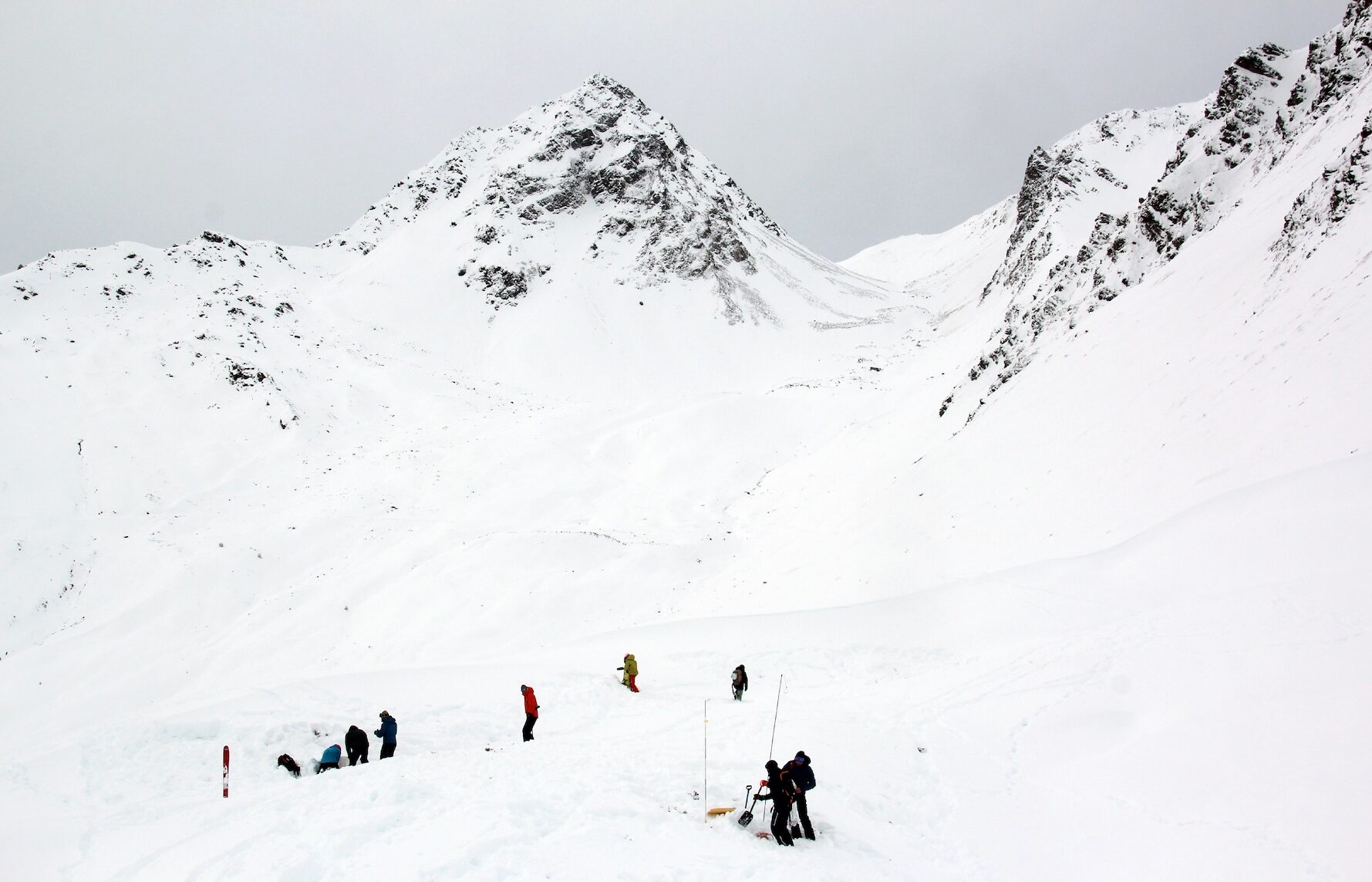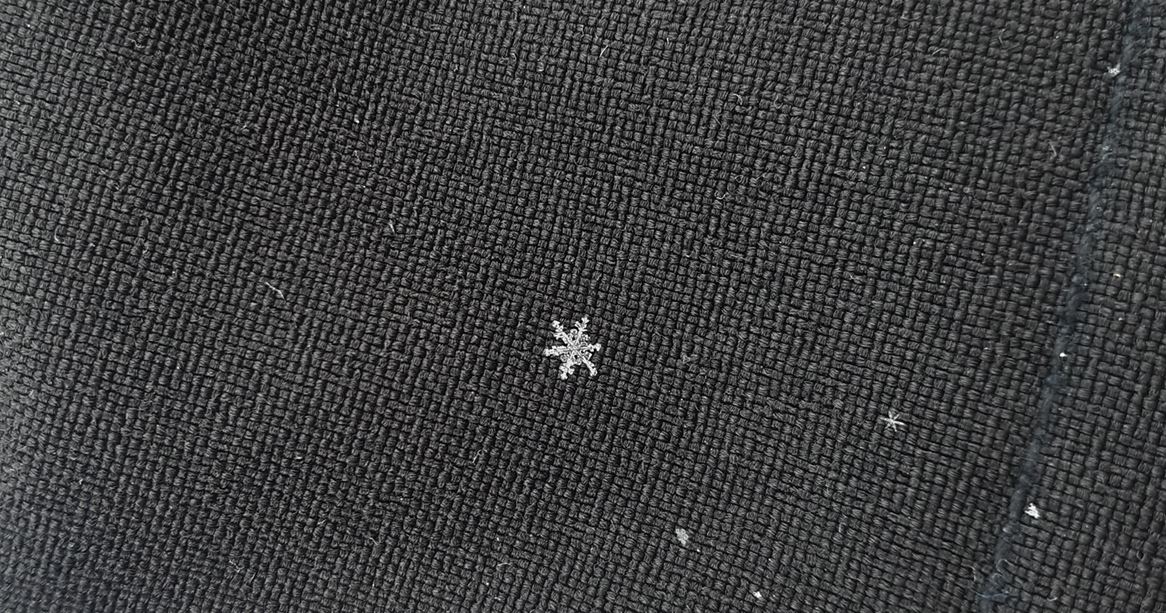
Standard measures for freeriding
Standard measures, i.e. generally valid, effective and recognized recommendations for action to avoid risks, are always (!) applied – regardless of the type of group, the terrain or the current
Snow is an exciting and unique material and we want children and young people to learn more about it and share their fascination with us. The teaching material can be easily integrated into science or physics lessons, for example, and can be designed in great detail depending on the age of the pupils.
– What is snow?
-Aggregate states of water
-How does snow form?
-Why does a snow crystal (almost) always have the same number of arms?
-Why is snow white?
-Experiments: Discovering snow
Information and descriptions of the illustrations can be found in the knowledge article:



Snow is a form of frozen water. It consists of many small ice crystals that form into snowflakes.
Snow consists of water. Water is a unique substance with different aggregate states and a special feature known as the anomaly of water.
The processes that lead to the formation of snow crystals are complex and depend on many factors, e.g. temperature, humidity, air pressure and the amount of water vapor in the air.
Snow crystals have a hexagonal shape due to the molecular structure of water. The hexagonal shape is created by the way in which water molecules are arranged during the formation of snow crystals.
Snow appears white to us because it reflects all the colors of visible light.

Standard measures, i.e. generally valid, effective and recognized recommendations for action to avoid risks, are always (!) applied – regardless of the type of group, the terrain or the current

In alpine winter sports, too, “danger” is often and regularly confused with “risk” and these two terms are often used indistinctly. This also applies to “avalanche danger” and thus the

First aid for injured persons is based on the priority principle. One of the most important measures, and one that everyone should and can take, is to call for professional

Even on a normal day on the slopes, something can happen. Regardless of whether you or your group is affected by an emergency or you are involved in an accident

This document deals with where the secured ski area ends and the unsecured, i.e. free ski area begins.

As soon as the first snow falls, the motto is: grab your skis or board and make the first tracks of the season in the snow on the glacier or in the backcountry. Those who

More than half of all people involved in avalanche incidents suffer no or only minor injuries. Around 32 percent of the people involved are seriously injured, and the death rate of people who are buried (regardless of the burial depth) is around 13 percent.

Snow is a form of frozen water. It consists of many small ice crystals that form into snowflakes.
Topics
Legal information
All graphics, images and texts on the entire site may be downloaded and used in accordance with our rights of use.